Shutter Tightening for Optimal Performance
Shutter tightenings are essential for maintaining the proper function and longevity of shutters. Timing these adjustments correctly can prevent issues such as sagging, sticking, or misalignment that may compromise the security and appearance of window coverings.
Indicators like difficulty opening or closing, unusual noises, or visible sagging suggest that tightenings may be needed.
Perform tightenings during seasonal transitions to address temperature-related expansion or contraction of materials.
Initial adjustments should be made after installation to ensure proper alignment and functioning.
Periodic inspections, such as every 6 to 12 months, help identify when tightenings are necessary.

Ways to make Shutter Tightenings work in tight or awkward layouts.
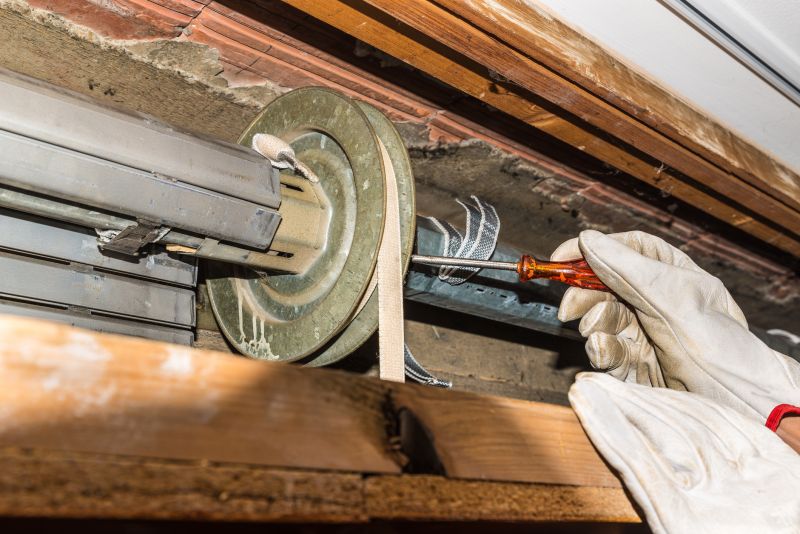
Popular materials for Shutter Tightenings and why they hold up over time.
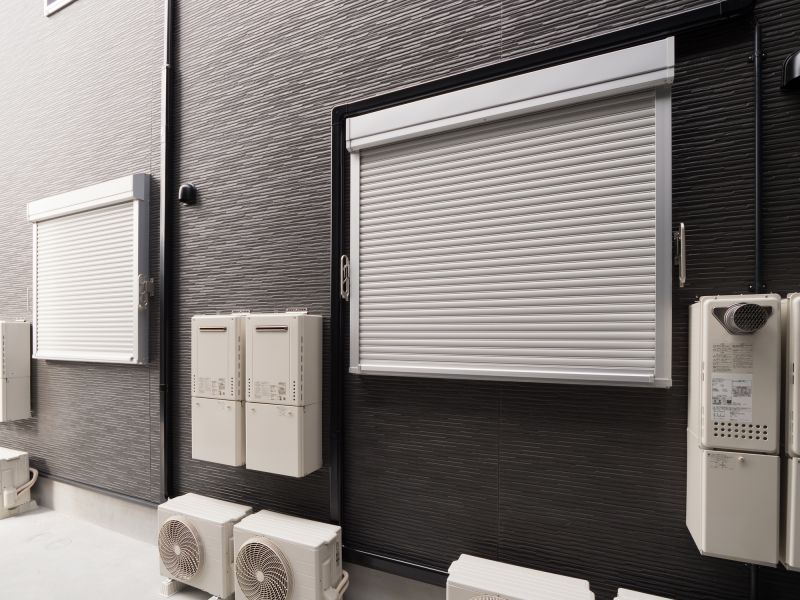
Simple add-ons that improve Shutter Tightenings without blowing the budget.

High-end options that actually feel worth it for Shutter Tightenings.

Finishes and colors that play nicely with Shutter Tightenings.

Little measurements that prevent headaches on Shutter Tightenings day.
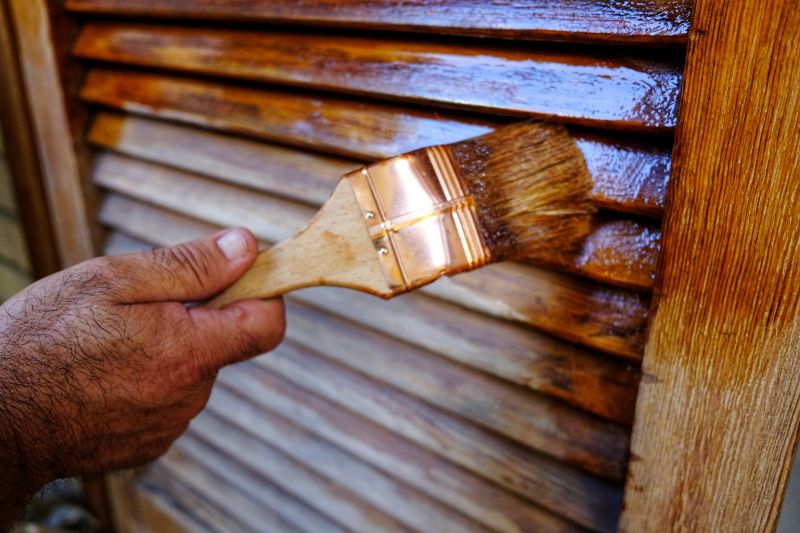
A 60-second routine that keeps Shutter Tightenings looking new.

A frequent mistake in Shutter Tightenings and how to dodge it.
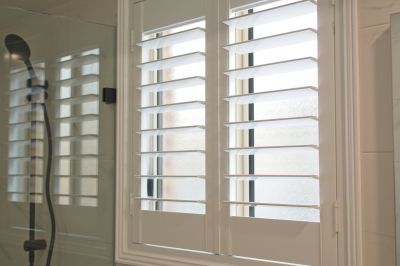
Small tweaks to make Shutter Tightenings safer and easier to use.
| Timing Aspect | Details |
|---|---|
| Post-Installation | Initial adjustments should be made after installation to ensure proper operation. |
| Seasonal Changes | Adjust shutters during spring and fall to accommodate temperature fluctuations. |
| Signs of Wear | Address issues like sagging or sticking as soon as they appear. |
| Extreme Weather | Perform tightenings after storms or high winds to maintain integrity. |
| Regular Inspections | Schedule periodic checks every 6-12 months for optimal performance. |
| Material Expansion | Consider tightening in warmer months when materials expand. |
| Material Contraction | Tighten during cooler months when materials contract. |
Shutter tightenings are a critical aspect of window shutter maintenance. Proper timing ensures that shutters operate smoothly, remain secure, and retain their aesthetic appeal. Regular inspections and timely adjustments can extend the lifespan of shutters and prevent costly repairs. Weather conditions and usage patterns influence when tightenings should be performed, making attentive monitoring essential for optimal shutter performance.
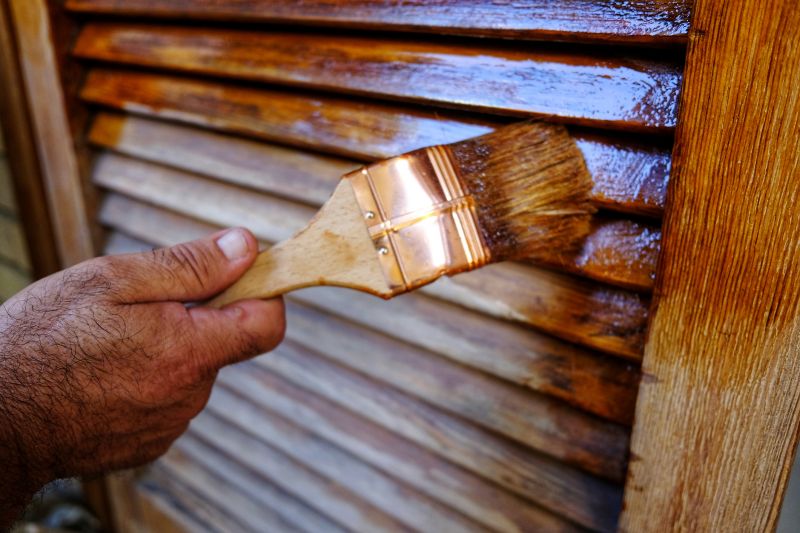
Lower-waste or water-saving choices for Shutter Tightenings.

The short, realistic tool list for quality Shutter Tightenings.

Rough timing from prep to clean-up for Shutter Tightenings.

Quick checks and paperwork to keep after Shutter Tightenings.
Interested in maintaining optimal shutter function through timely tightenings? Filling out the contact form can connect users with professional services to ensure shutters remain secure and functional.
